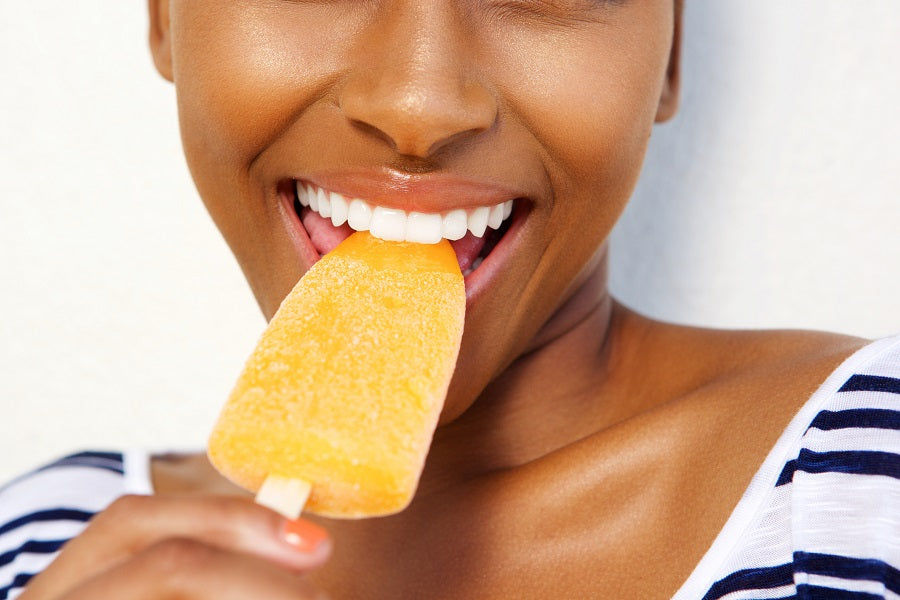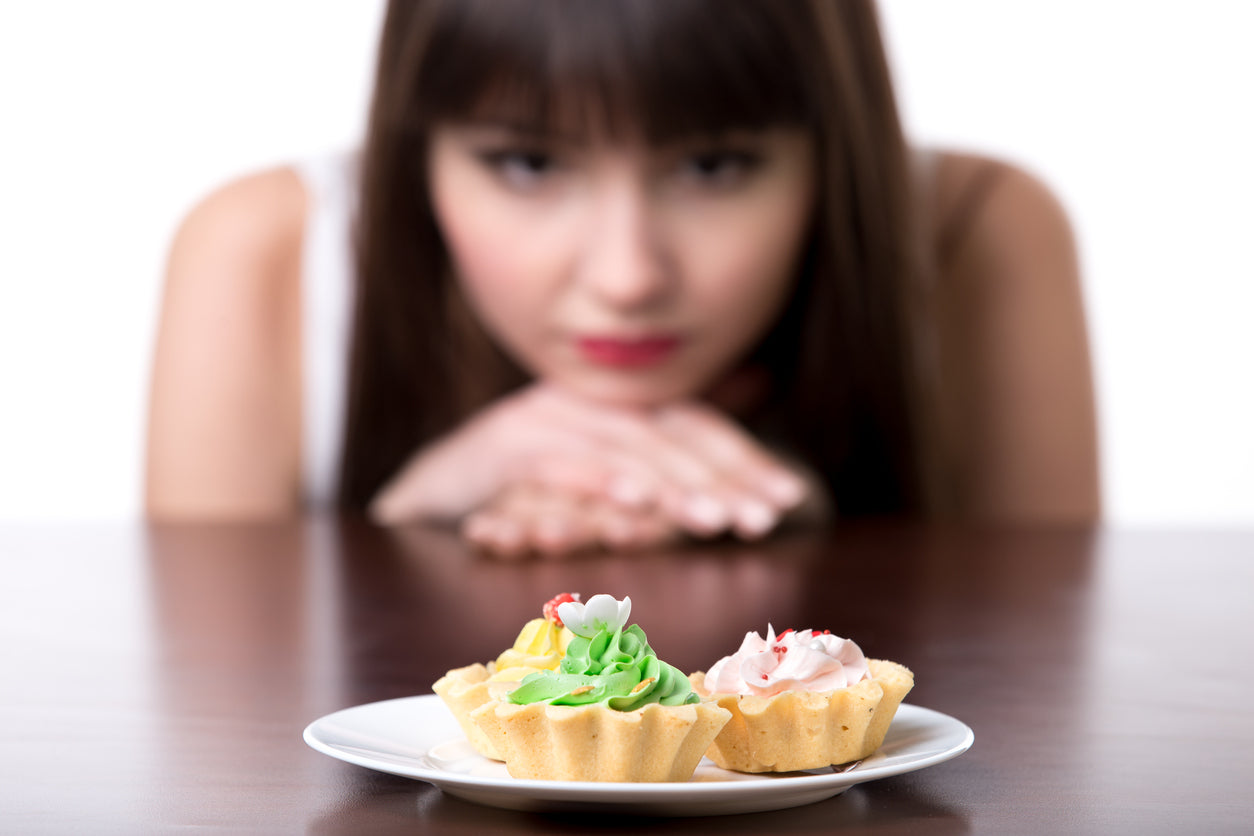
Is Sugar Responsible for Bad Skin?
Listen up! If you want healthy, radiant skin, there’s more to it than just great skincare. The truth is the health of your skin has so many connections to what you eat and how you live your life. There’s no way around it. Especially as you age. Because your body can only take so much abuse.
Eventually, it all catches up with you. And often chronic skin conditions are a manifestation of something nasty brewing on the inside. In this recent article (link to post), I discussed in depth the connection between your gut, especially your microbiome, and your skin. And in this article, I’d like to explore the link between insulin and specific skin conditions. To give you one more reason to ditch the junk loaded with sugar and processed carbs.
What is Insulin?
Insulin is a hormone naturally produced by your pancreas to maintain healthy blood sugar levels. It helps usher glucose into your cells where it can be used to make energy. And any excess it helps get stored as fat. That’s why it’s often referred to as your fat storing hormone. However, when the body is constantly bombarded with sugar and processed carbs, eventually the system breaks down. Insulin is no longer effective. So blood sugar levels remain high. The pancreas produces even more insulin.
This cycle eventually leads to a condition known as insulin resistance (IR). And if left untreated, insulin resistance leads to type 2 diabetes. Sadly, this is all too common. It is estimated that 70 - 80% of obese people and almost 100% of people with type 2 diabetes suffer from insulin resistance. And at the rate we’re going, researchers project one third of the population will suffer from type 2 diabetes by 2050. This is bad news. Because insulin resistance and type 2 diabetes are associated with an increased risk of:
- heart disease;
- non-alcoholic fatty liver disease;
- some forms of cancer; and
- skin conditions.
Insulin Resistance & Your Skin
The link between insulin resistance and your skin is so strong that researchers suggest certain skin conditions (in combination with other well-known symptoms) can be used to help clinicians diagnose insulin resistance. These include:-
- Skin tags (a.k.a. acrochordons), which generally appear on the neck, armpits, and/or groin. They can be skin colored or slightly pigmented.
- Acanthosis nigricans, which produce dark patches of thick skin also generally on the neck, armpits, and/or groin.
- Male or female-pattern hair loss (a.k.a. androgenic alopecia), which causes the hairline to recede in men and overall hair thinning in women.
- Hirsutism, which is a symptom associated with polycystic ovarian syndrome (PCOS) that causes thick, dark hair to grow on women in unwanted places such as the face, chest, and back.
- Acne, which in the case of insulin resistance, is likely associated with worsening symptoms of PCOS. In fact, 70% of women with PCOS suffer from acne.
- Psoriasis, which is characterized by scaly patches of skin most commonly found on the elbows, knees, scalp, and lower back.
- stimulate receptors of insulin growth factor-1 (IGF-1) which can directly and indirectly trigger the rapid growth of skin tags and acanthosis nigricans;
- stimulate the production of sex hormones; and
- stimulate the ovaries to produce more testosterone than normal.
When it comes to psoriasis, there are several other possible mechanisms involved. For instance, being overweight or obese is highly associated with insulin resistance. And these conditions can also increase your risk of developing psoriasis as well as worsen symptoms. You see, your fat tissue (a.k.a. adipose tissue) is now known to be a component of your immune system and psoriasis is now believed to be a systemic immune mediated disease. And we now know that adipose tissue secretes compounds (i.e., leptin and adiponectin) that regulate insulin sensitivity. Plus, these compounds have been found to be deregulated in those with insulin resistance and psoriasis in similar ways. It’s worth mentioning that while the evidence isn’t as solid as the conditions mentioned above, there are some anecdotal links between insulin resistance and vitiligo (a.k.a. white spots disease) and alopecia areata, a form of hair loss in which the body attacks its own hair follicles.
Insulin Resistance is Preventable
While insulin resistance is bad news, the good news is that insulin resistance as well as type 2 diabetes are both preventable. That’s right! The choice is YOURS. It all goes back to what you eat and how you choose to live your life. Just like everything else! Two of the most important diet related factors when it comes to insulin resistance is sugar and processed carbs. While I don’t like to use scare tactics, this is serious stuff. Eating too much sugar is a killer. Inside and out. The problem is sugar is EVERYWHERE.
In fact, we’re consuming a THOUSAND percent more sugar than we did 200 years ago. Because sugar is now added to bread, condiments, sauces, you name it! And sugar-sweetened beverages cost less than a bottle of water. So what about white flour? It’s also everywhere. But it’s technically not sugar. However, it’s quickly absorbed and turned into glucose. Which means it essentially has the same effect as sugar when it comes to your blood glucose and insulin levels. So in my book, it’s just as bad.
The Bottom Line
Keeping your insulin in check and working efficiently is essential to optimal health as well as healthy skin. So skip the sugar-laden junk food. And stick to the real stuff that doesn’t come in a bag or box. Stuff loaded with nutrients that not only keeps you disease free, but also makes you look and feel your best. And if you’re looking for guidance, I’ve got your covered. Both my 10-Day Belly Slimdown and 21-Day Bone Broth Diet plans will help prevent and even reverse insulin resistance for good health and radiant skin. I also created a protocol specifically designed to help you heal psoriasis and eczema solely by making dietary modifications.
Keep thinking Big and living BOLD!








